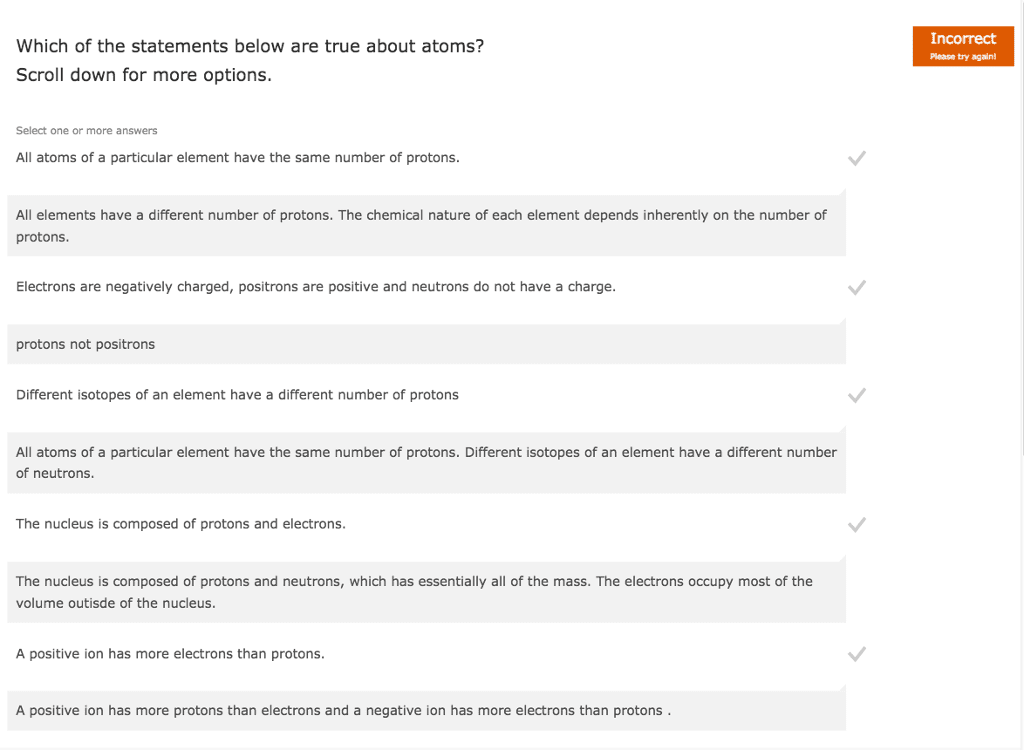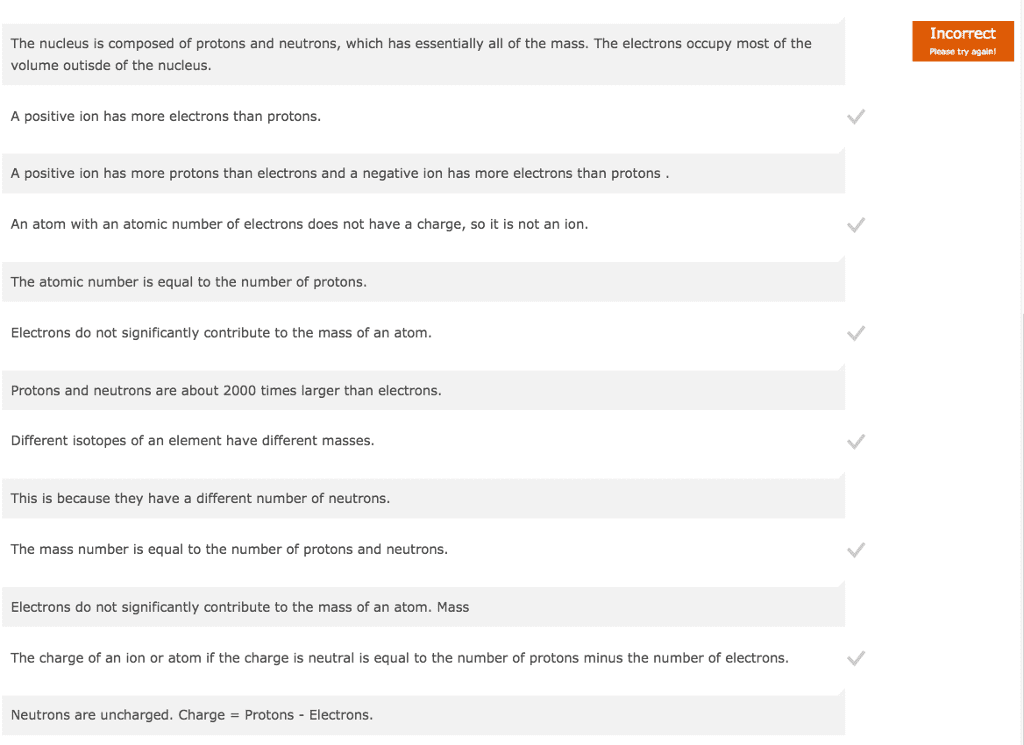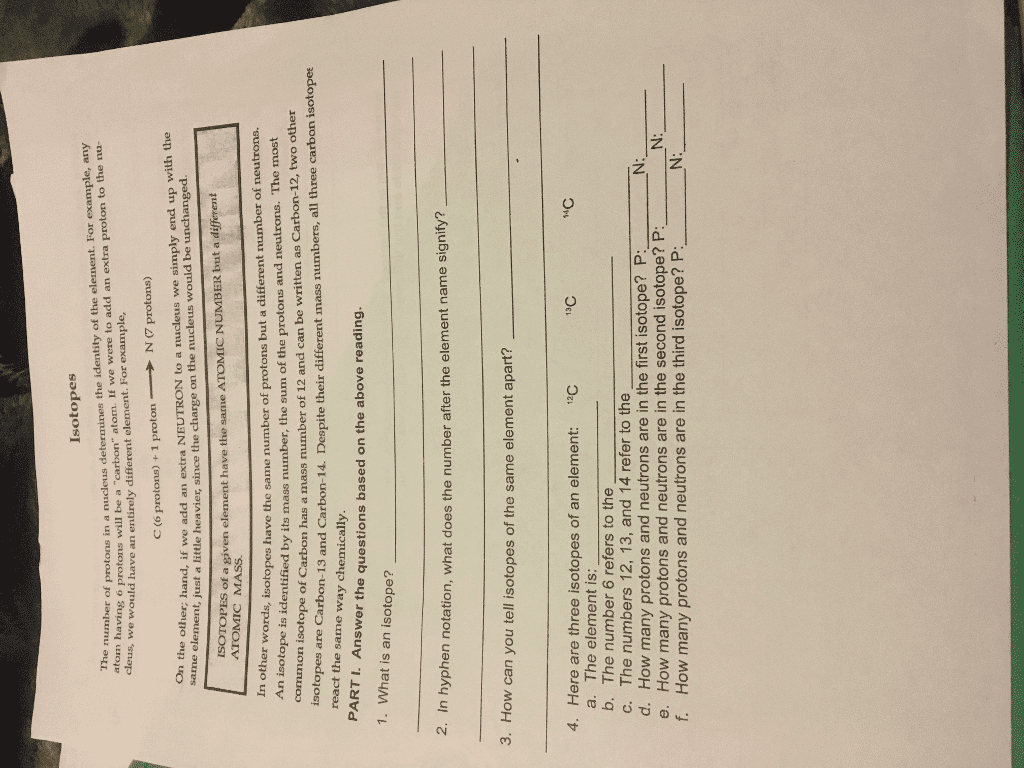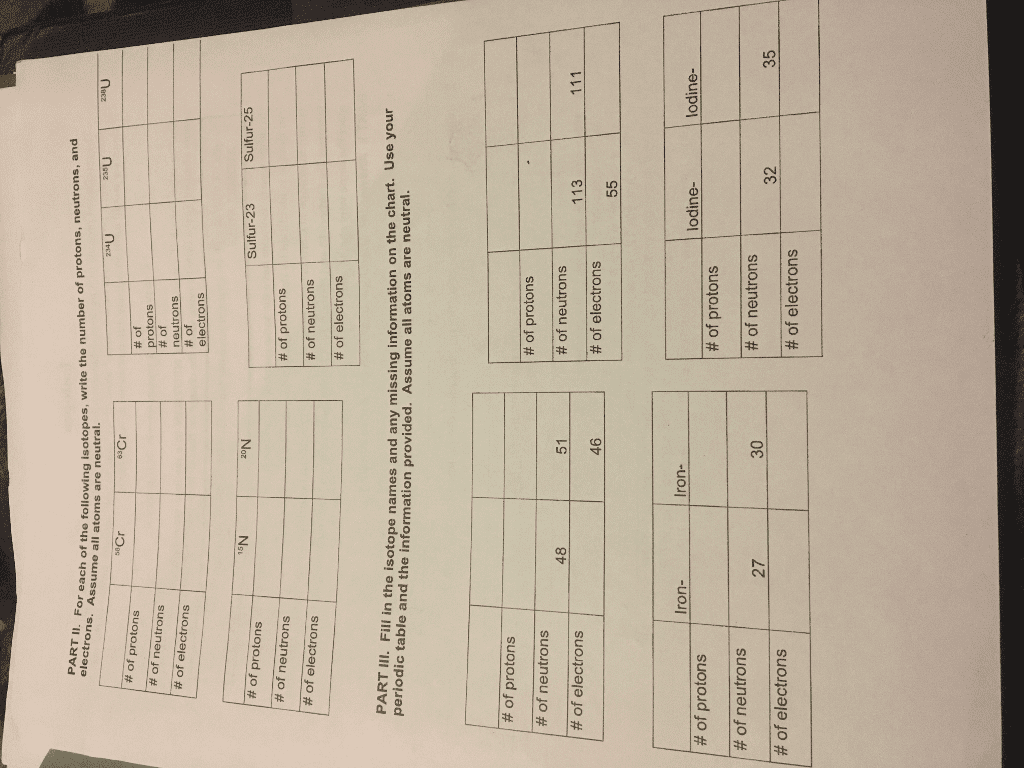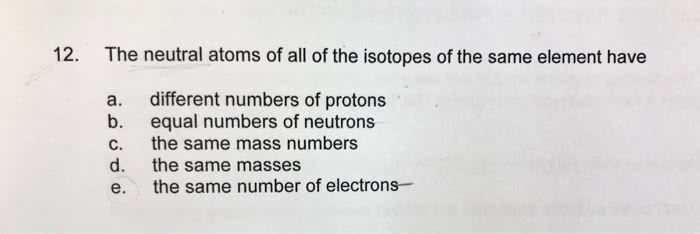CHEM101 Lecture Notes - Lecture 2: Mass Spectrometry, Atomic Number, Mass Number

77
CHEM101 Full Course Notes
Verified Note
77 documents
Document Summary
Atomic number (z) is the number of protons in the nucleus of that atom. Mass number (a) is the number of protons + number of neutrons in the nucleus. Atoms of a particular element would have same atomic number. It is different from atoms of the other element. Isotopes are different atoms of the same element that have different numbers of neutrons but with the same number of protons. For example: eg. carbon z = 6 nitrogen z= 7. A mass spectrometer is an instrument for measuring the masses of atoms (molecules) and compared their relative abundance. B2. 2 p51: the gaseous sample (atoms or molecules) is bombarded with high-speed electrons so that positive charged ions are formed. C (g) + e c+ (g) + 2e: the ions are accelerated through an electric field, the ions are then deflected in a magnetic field.


